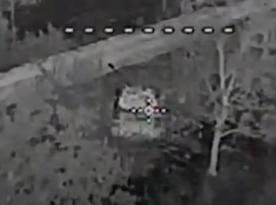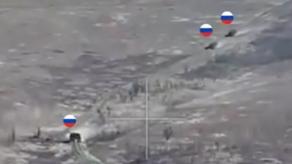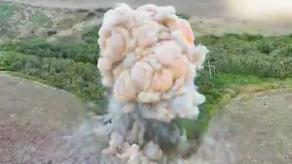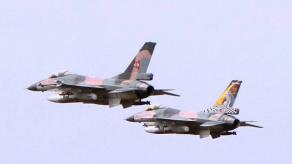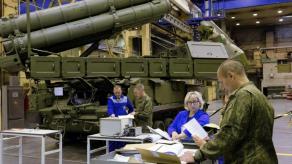Artillerymen of russian invasion forces fighting in Ukraine more actively complain about their equipment, reiterated in another photo of a D-30 towed howitzer with a torn-apart barrel published online.
There are no indications to help in estimating the date or place of the photoshoot. The social post says the possible reason for this outcome is the artillery ammunition russia has been rapidly receiving from its eastern partner North Korea.
Read more: Dissatisfied With Quality and Quantity of North Korean Artillery Shells, russians Complain

A week ago, Defense Express covered the reports of North Korean shells showing inconsistent flight trajectory landing at different distances from the firing point each time they're shot. A random check of five propellant charges showed different chemical composition and amounts of powder inside, seal failure, and sometimes lack of a "de-copper" wire.
Reference books say, the typical reasons for a barrel burst, such as in the photo of a D-30 above, are: insufficient strength of the walls or bottom of the shell's body, insufficient obturation of powder gasses in the back of the projectile, unsatisfactory quality of the explosive substance in the ordnance, metal defects, lack of a detonator.
Each factor of this list is neglected in North Korean ammunition, as far as we can see. However, that is not the only reason, for the banal barrel wear takes its toll as well.
First reports of an outbreak of broken artillery barrels date to spring 2023, long before foreign ammunition started flowing into the country and to the frontlines. The reason was the high degree of barrel wear. Additionally, defects develop inside worn-out barrels, resulting in shells detonating before leaving the gun.
This is all the more expected outcome considering russia was pulling dozens of old and dusted Soviet-era guns out from warehouses, kept without a roof and care. But even that doesn't compare to how many photos of torn-apart pieces of russian artillery appeared recently.
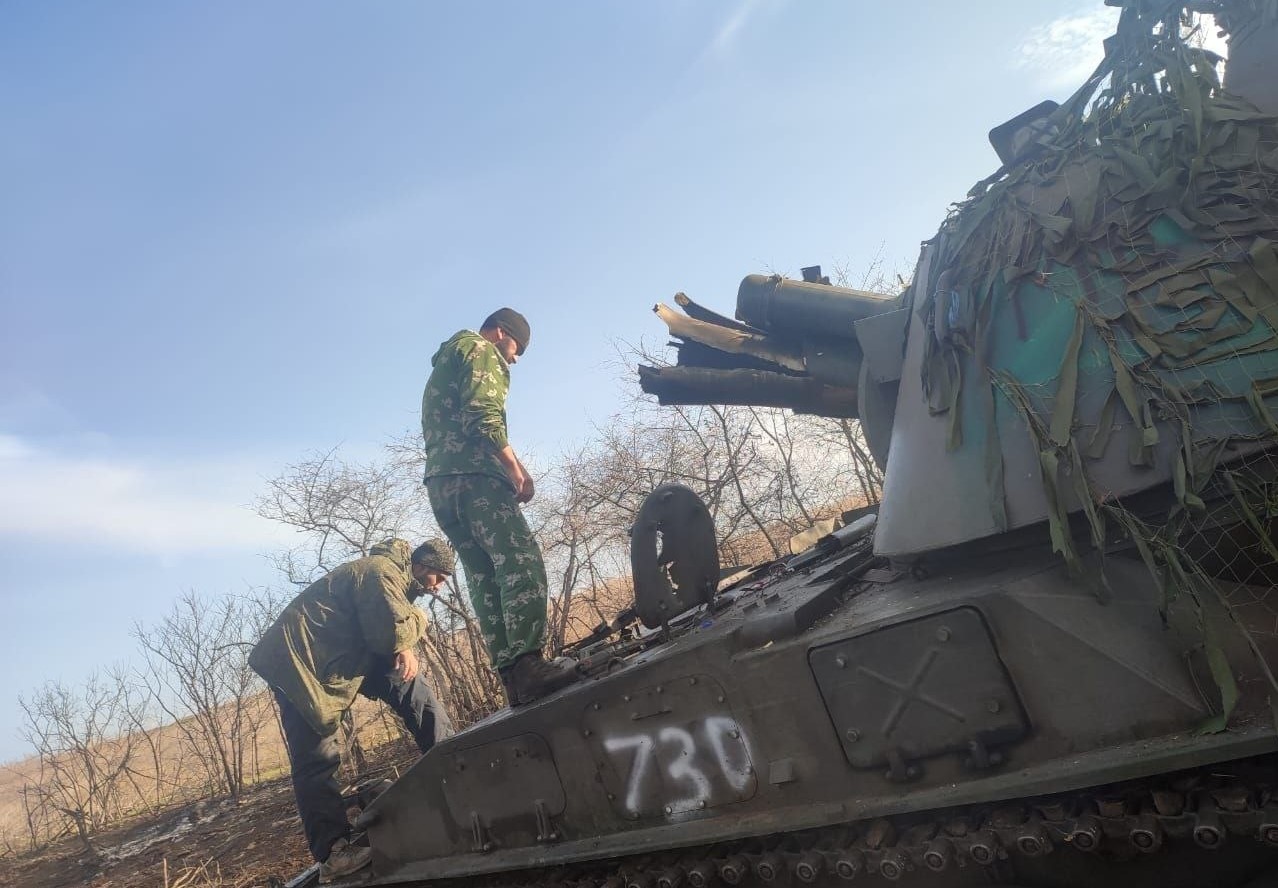
Apparently, the arrival of low-quality North Korean shells amplified the systematic problems of russian low-quality artillery weapons. The farther it goes, the more difficult it becomes for russians to deal with it because worn-out barrels and low-precision munitions require the troops to fire statistically more shells to accomplish a combat mission, wearing the barrels out even more.
This turns into a vicious circle and a race of quantity vs. quality, challenging russia's capability to replace all the guns with weapons from their reserves, quickly enough to remain in partial control of the situation on the frontline.
That is, while relying on support from North Korea, the Kremlin solved one problem — shortage of ammunition — at the expense of exacerbating another, a broader and systematic problem, caused by years of neglecting quality control and embezzlement in the military sphere.
Read more: North Korea Supplies russia with Entire Nomenclature of Artillery Ammunition, Including rockets for the Grad MLRS





